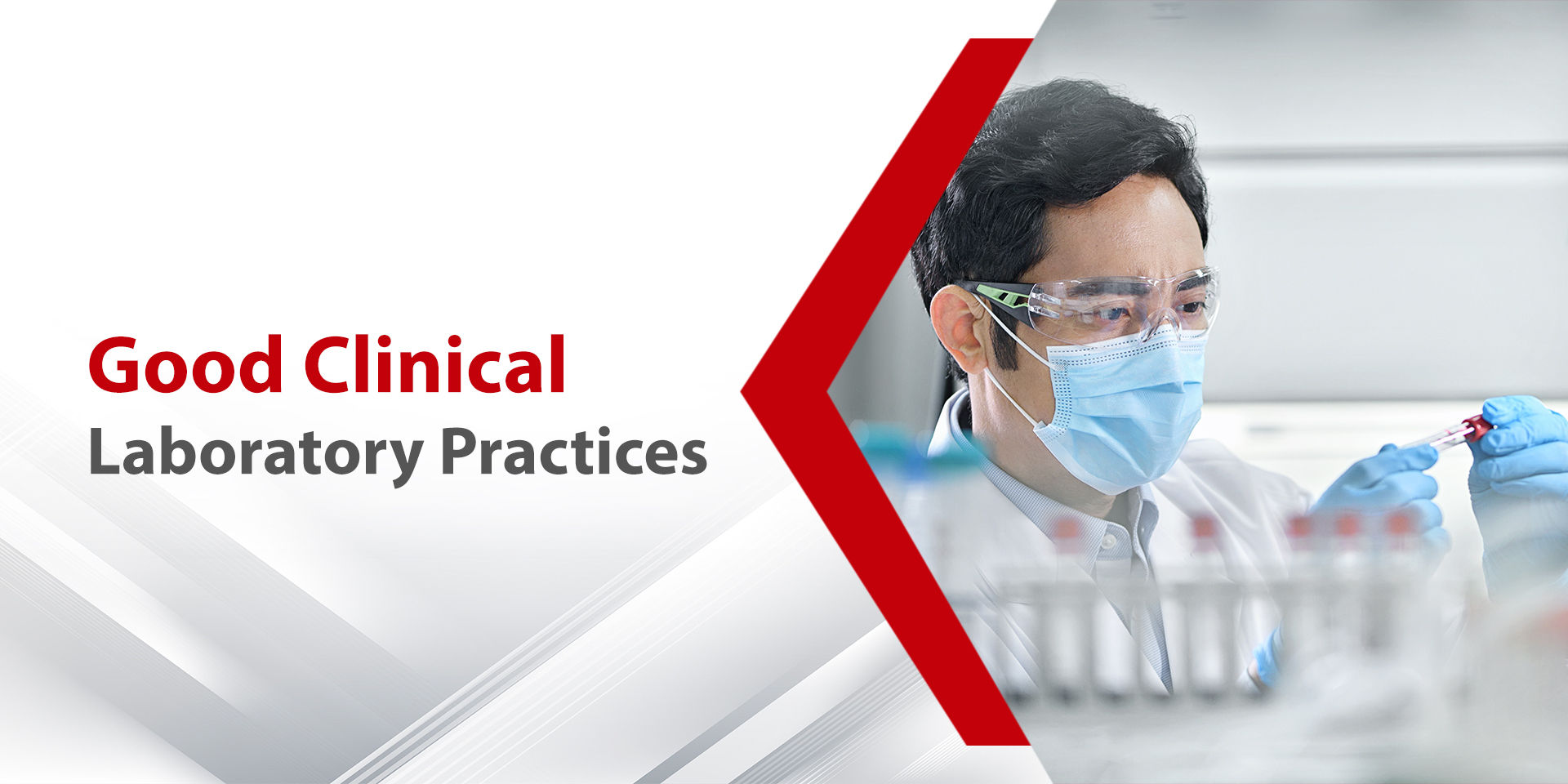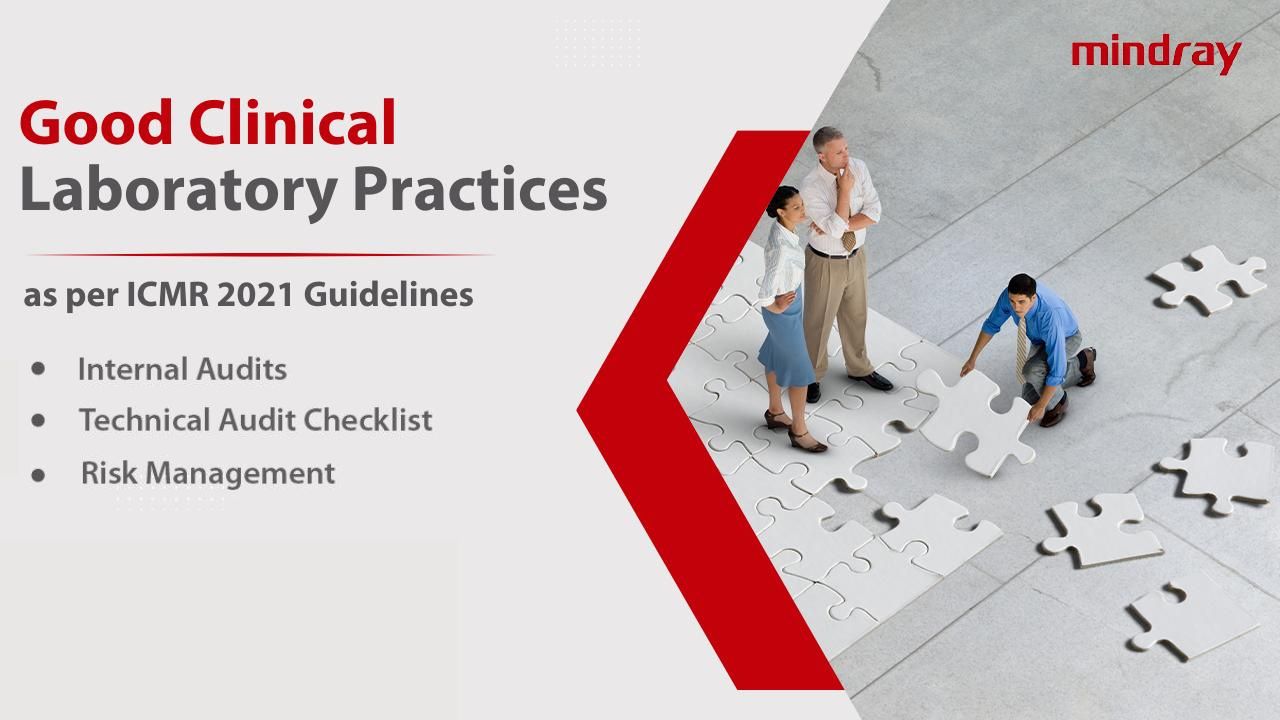Internal Audits Part-7
By Dr. Jayesh Warade | Sr. Consultant & Sr. Quality Manager, Biochemistry, Meenakshi Labs 2025-04-09

Prioritize ethical conduct, quality assurance, and accurate results at your laboratory.These FAQs based on Good Clinical Laboratory Practices (GCLP) provide essentialguidance for conducting thorough evaluations, implementing effective audit protocols,and mitigating risks to ensure compliance with ICMR 2021 guidelines and enhance laboratory efficiency.
An internal audit is a systematic review of a laboratory's functioning and services to ensure compliance with established criteria. It helps identify problems, weaknesses, and areas for improvement.
Laboratories should conduct at least one complete cycle of internal audit within twelve months.
Calibration frequency depends on factors like workload, instrument type, and manufacturer recommendations. Generally, annual calibration is recommended. However, more frequent calibration may be necessary if the instrument is heavily used or experiencing issues.
There are many accredited calibration laboratories that can provide calibration services for your equipment. You can find a list of accredited laboratories through online searches or by checking the website of the National Accreditation Board for Laboratories (NABL) in India. Ensure that the laboratory is accredited according to ISO 17025, which guarantees their competence and reliability. Also, consider the proximity of the laboratory to your location for convenience and cost-effectiveness.
If reference materials are unavailable, laboratories can consider using:
Calibrators: Calibrators provided by the manufacturer can be used to assess linearity.
Patient samples: Patient samples with high concentrations or values near the linearity range can be effective for linearity testing.
There is no definitive "superior" accreditation; it depends on the specific needs of your healthcare facility. Each accreditation has its own purpose and focus:
JCI (Joint Commission International) is ideal for attracting international patients as it holds
global recognition.
NABH (National Accreditation Board for Hospitals & Healthcare Providers) is sufficient for paneling with insurance companies, ESIC, or government schemes.
NABL (National Accreditation Board for Testing and Calibration Laboratories) is suitable for
smaller laboratories.
NQAS (National Quality Assurance Standards) is more suited for government healthcare facilities. The best accreditation depends on your operational goals, clientele, and budget.
The best accreditation for your laboratory depends on your specific needs and goals. Consider the following factors:
Insurance requirements: Do you need accreditation to participate in certain insurance schemes?
Financial constraints: Can your laboratory afford the costs associated with different accreditations?Laboratory size: Smaller laboratories may find it more cost-effective to pursue NABH or NQAS accreditation.
Accreditation is not mandatory for all laboratories, but it can be a valuable tool for demonstrating quality and improving patient care.
Topic: Technical Audit Checklist & Risk Management
Frequently Asked Questions
A technical audit checklist is a tool that laboratories use to ensure they meet all technical standards during internal audits. It includes detailed criteria for evaluating various aspects of laboratory operations, such as equipment, procedures, personnel competence, and more.
Risk management is the process of evaluating and managing potential hazards in laboratory operations that could harm people or affect patient safety. It involves identifying risks, assessing their probability and severity, and implementing measures to reduce or eliminate them. Proper risk management ensures the safety of patients and personnel by modifying laboratory processes to minimize risks and documenting actions taken.
Hazard: Potential source of harmHarm: Physical injury or damage to the health of peopleSeverity: Measure of the possible consequences of a hazard
Laboratories should create a process map outlining all steps in the testing process, from receiving a physician's order to reporting the results.

